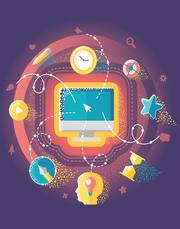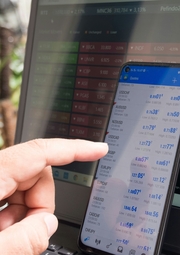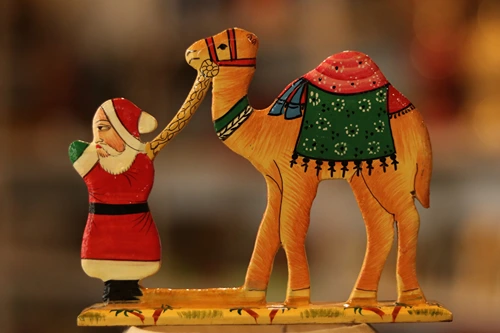The Top LMS Integrations to Try in Maximizing Your Online Learning Experience
Ever wondered how to boost your online learning experience to the next level? Look no further! The key lies in leveraging the right LMS integrations. With a myriad of options out there, finding the perfect match can transform your learning platform into a powerhouse of efficiency and engagement.
For those knew the rewarding field of education, LMS stands for Learning Management System. Don’t miss out on the opportunity to enhance your e-learning strategy. Read on to discover the top LMS integrations of your online learning environment. Start today and see the difference!
Video Conferencing Tools
Video conferencing tools are a must-have in today’s online learning platforms. With Canvas integration, these tools become seamlessly embedded within your learning environment. They allow students and teachers to meet virtually, face-to-face, without leaving the platform.
This integration makes classes more interactive and accessible. It brings lessons to life, no matter where you are. It’s easy to use and adds real value to the e-learning experience. Start using video conferencing with Canvas integration today and more engaging.
Plagiarism Detection Software
Plagiarism detection software is like a big computer brain that helps teachers check if work is original. It can look at what students turn in and see if it matches stuff that’s already out there. This helps keep everyone honest and makes sure all the work is new and made by the student.
It’s important for learning because it teaches us to create our own ideas. This software works with learning platforms, so teachers can use it easily without having to go to another website or app. It’s a simple tool that makes a big difference in schools and learning online.
Cloud Storage Services
Cloud Storage Services are great for a legacy learning platform. They help keep all your files safe in one place on the internet. You can get to your work from any computer. This is very helpful for students and teachers using an old learning platform.
They can save and share their work easily. Cloud services make learning online better. Everyone can stay up to date with their projects. Use Cloud Storage Services and a more organized e-learning experience.

Analytics and Reporting Tools
Analytics and reporting tools help you see how you are doing in your classes, especially with online math homework. They are like a report card for your learning on the computer. They show teachers and students statistics about how much they are learning and what they are doing on the learning website.
This makes it easy to see what lessons are hard or easy and helps teachers know how to help better. It’s super simple to use, and it helps everyone learn better because it shows what parts of learning online are working best.
Gamification Features
Gamification features are fun, and they make learning exciting. With LMS integration standards, adding games to learning is easy. Games help students want to learn more. They can earn points, badges, and rewards. This makes students happy and keeps them coming back.
Teachers can use games to teach hard stuff in a fun way. LMS integration standards help make sure everything works well together. Using Gamification Features is a smart way to make learning better for everyone.
Learn to Enhance the LMS Integrations
In conclusion, using LMS integrations makes online learning better. They add fun, keep things organized, and help everyone learn more. With these tools, classes are more interesting, and work is easier to do. Start using these integrations now. They make a big difference.
Did you find this article helpful? Check out how custom ai based lms development can build a smarter future.








